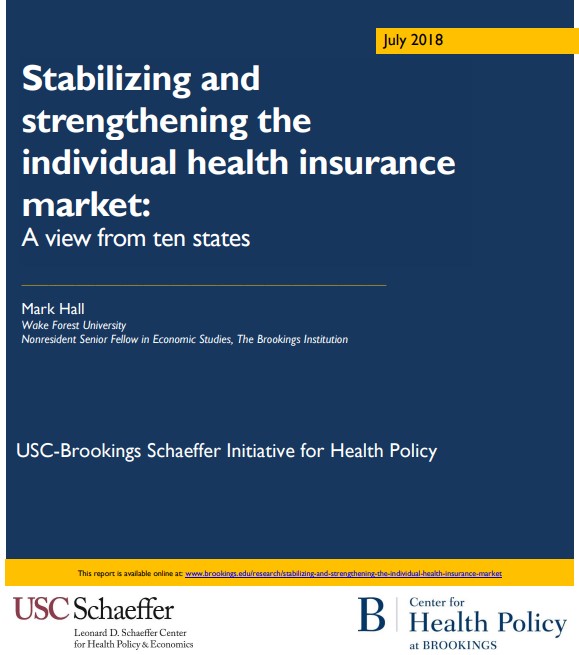Market stabilization is currently the most critical regulatory challenge that public policy officials face under the private insurance component of the Affordable Care Act (ACA). Prior to the ACA, states had largely failed in their efforts to improve and reform their individual (non-group) health insurance markets. Reform is inherently challenging due to the dynamics of the individual market, which focus heavily on risk selection and segmentation rather than pooling risk and broadening coverage. The ACA’s individual market is generally the same shape now as it was at the end of 2016. Prices are high and insurer participation is down, but these conditions are not fundamentally worse than they were at the end of the Obama administration. For a variety of reasons, the ACA’s core market has withstood remarkably well the various body blows it absorbed during 2017, including repeal of the individual mandate, and halting payments to insurers for reduced cost sharing by low-income subscribers.
